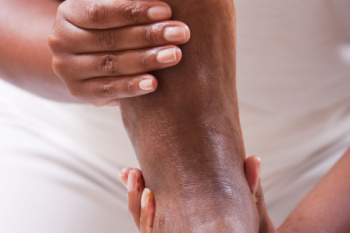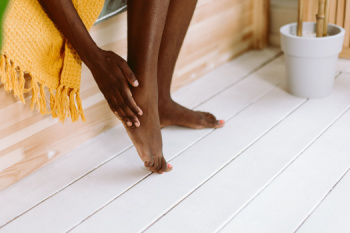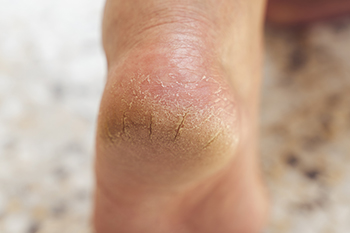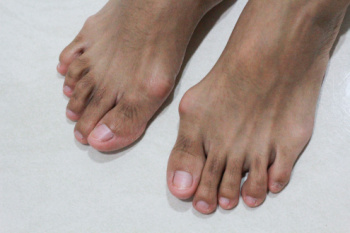
Foot care varies with the changing seasons to ensure comfort and prevent issues. In winter, cold weather can cause dry, cracked skin. Moisturize regularly and wear warm, moisture-wicking socks to keep feet dry and warm. In spring, as activity levels increase, choose supportive footwear to prevent overuse injuries. For summer, breathable shoes or sandals help prevent fungal infections, but ensure they provide adequate support and protection. It is beneficial to regularly apply sunscreen to exposed feet to prevent sunburn. In autumn, transition back to wearing closed-toe shoes gradually to avoid blisters and discomfort. Inspect shoes for wear and replace them as needed. If you experience persistent foot pain, swelling, changes in skin or nail health, or any foot abnormalities, it is suggested that you schedule an appointment with a chiropodist for treatment.
Caring for your feet is not just something done at the chiropodist’s office. Good foot care starts at home. If you would like to learn more about daily foot care practices, please consult with one of the chiropodists from The Footcare Centre. Our chiropodists can help you maintain the health of your lower limbs and your mobility.
There are many things that you can do at home to help care for your feet, including:
Wearing shoes and socks that fit properly
Washing the feet daily with soap and water
Drying the feet thoroughly
Applying moisturizer to the soles and heels of the feet
Taking a walk and exercising the feet regularly
Doing foot stretches and strengthening exercises
A chiropodist can help figure out a manageable foot care routine for you to keep your feet healthy. If you have any questions, please feel free to contact our office located in . We offer the newest diagnostic and treatment technologies for all your foot care needs.
 Heel pain
Heel pain

 Bunions
Bunions
